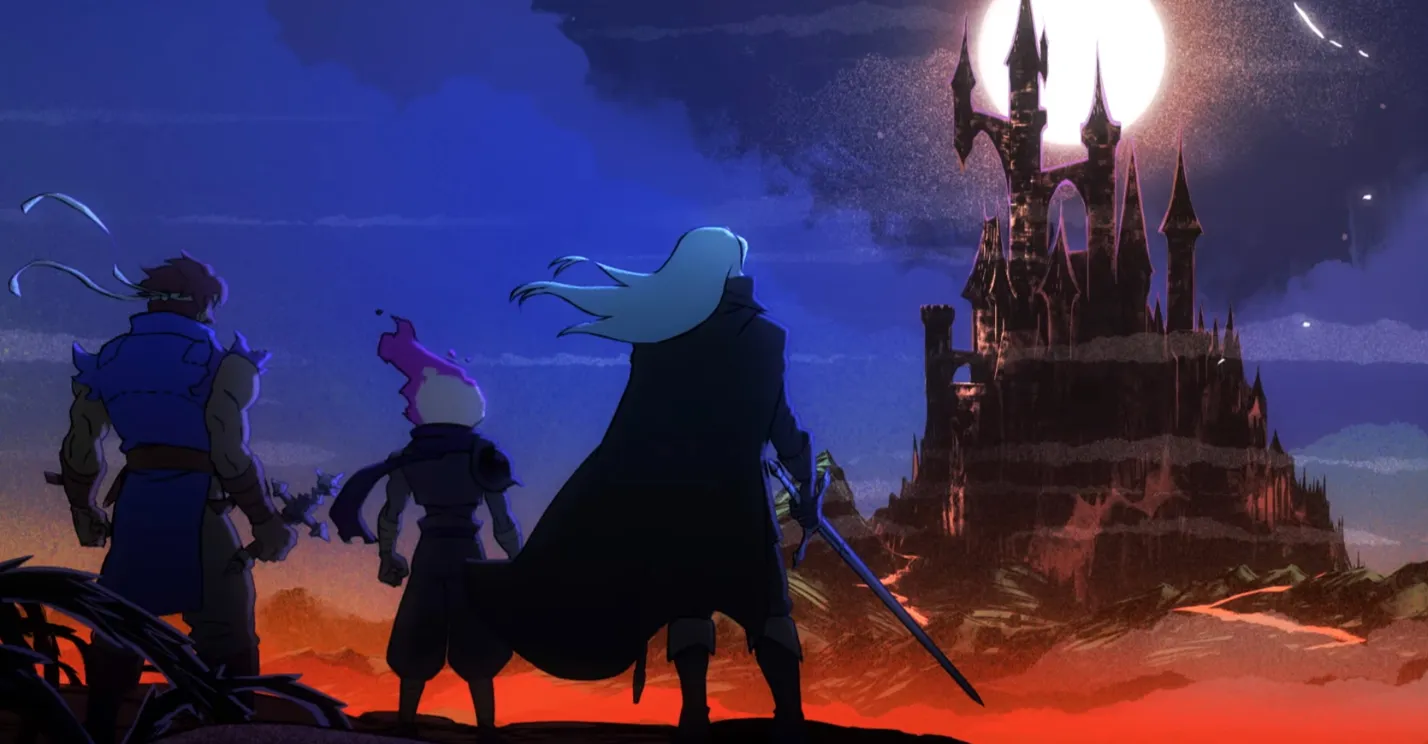
Seeing combat against familiar enemies with recognizable weapons really drives home how Dead Cells' remarkably satisfying combat has always felt like the best moments of Castlevania. You'll almost immediately find renowned sub-weapons like the Cross and Holy Water while making your way through the castle, and once you've unlocked them, they'll be available for upgrading with modifiers, like any other piece of equipment in Dead Cells.

Those enemies range from the lowly Fish Man to hulking armored knights and, naturally, a confrontation with Dracula himself. The most recognizable homages, though, come in the form of new enemies and weapons. It's almost as if the game is building a fresh, albeit relatively small, Castlevania map every time you respawn. In fact, that's one of Return to Castlevania's most impressive tricks-it's still built around interlocking pieces, but the more secret-solving components don't feel contained to small, individual parts. The Castlevania biomes are still randomized in the roguelike style, but the pieces do feel more oriented around puzzle-solving and secrets than in the main Dead Cells game.

So the blending in Return to Castlevania can best be described as Dead Cells doing its best Castlevania impression. Now Playing: Dead Cells: Return to Castlevania DLC - Final Teaser & Surprise Reveal In this regard, they couldn't be more different.īy clicking 'enter', you agree to GameSpot's You'll recognize certain pieces after you've played it enough, but it will always be impossible to draw a consistent map or to tell a friend exactly where to find a secret key. Dead Cells very much isn't that, as its roguelike biomes mix and match different pieces like Lego bricks.
DEAD CELLS RETURN TO CASTLEVANIA PS5 FULL
Castlevania, and especially the Symphony of the Night sub-genre that serves as the basis for most of this expansion, is an exploration-based action game, with a castle full of tightly-knit secrets and clockwork-like precision to its progression gating. The similarities between the two are cut into stark relief by their differences. How would that work, exactly? Pretty well, it turns out, as Dead Cells: Return to Castlevania is a clever fusion of Castlevania homages and Dead Cells' structure, and helps to illustrate how Castlevania DNA has been a part of Dead Cells all along.

So when the studio announced it was making an expansion modeled after Castlevania, I was certainly intrigued, but also surprised. The acclaimed action roguelike from Motion Twin certainly had some passing resemblance in some of its combat mechanics, but not so much that I ever made any association to Konami's vampire-hunting franchise. I loved Dead Cells, but it never struck me as particularly Castlevania-like.


 0 kommentar(er)
0 kommentar(er)
